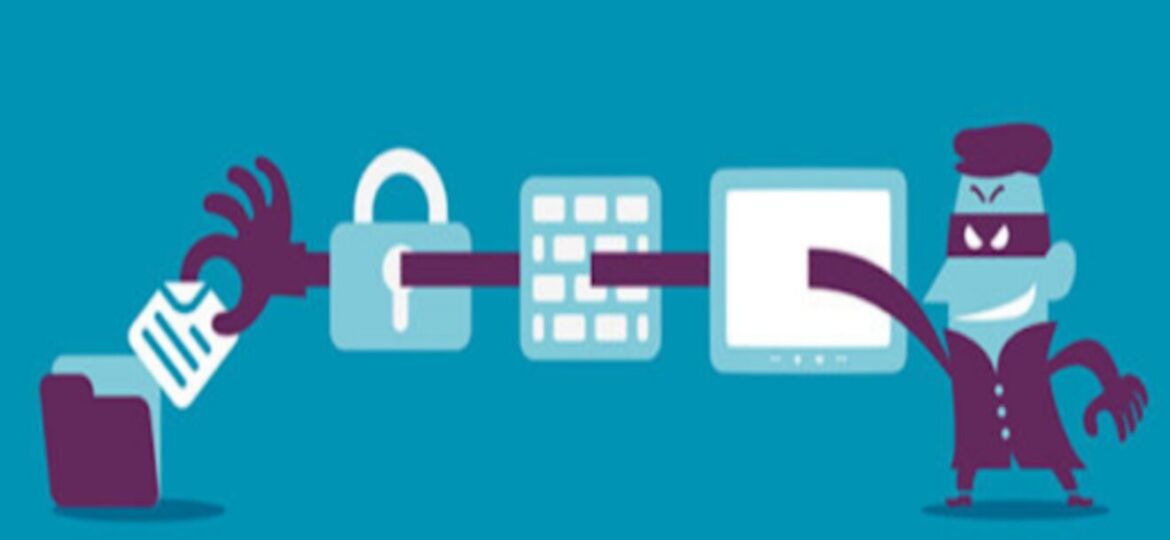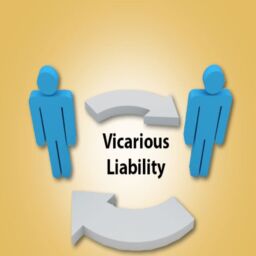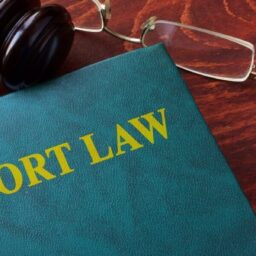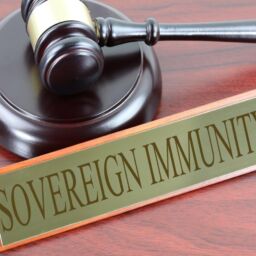
INTRODUCTION
“Cyber torts” are the most recent and maybe the most muddled issue in the digital world. “Technology and the Internet” have authorized new kinds of associations and exchanges between people who are not generally generous and might bring harm resulting in wrong claims in a way not previously envisaged. “Any crime that utilizes a computer either as an instrumentality, target or methods for sustaining further violations comes within the ambit of cyber tort”.
A wrong is an act of carelessness or intent by someone who harms another person. “Cyber torts” are just a misdeed done over the internet. “Cyber torts” are vital since they are on the ascent are still violations that can affect society. Everybody ought to be presented with the risks and harms brought about by cyber torts since innovation is a significant perspective in everybody’s lives, particularly now.
“A simple meaning of cyber tort might be “unlawful” acts wherein the computer is either an apparatus or target or both“. The computer might be employed as an instrument in the going with a variety of activity – monetary violations, offer of an unlawful object, erotic entertainment, web wagering, licensed innovation wrongdoing, email satirizing, fake, digital maligning, “cyberstalking”. The computer may, in any case, be the concentration for unlawful activity in the going with cases-unapproved permission to computer/computer framework/computer organizations, burglary of details holding in the electric construction, email attacking, data dialing, “salami attacks”, “reasoning bombs”, “Trojan attacks”, “web time robberies”, “web jacking”, robbery of computer framework, genuinely harming the computer framework
Some other examples of “cyber torts” include “trespass to chattels, conversion, and cyberstalking /harassment, and cyber defamation. Trespass to chattels includes all those spyware, spam emails, and scraper”. The transformation includes the careless or deliberate taking of different people group’s area names on the web.
A cyber tort is a critical factor in the encroachment of an individual’s entitlement to security in the digital world just as in reality; while then again, cybercrime is woeful wrongdoing that impacts the individual himself just as the general public. Even though both of these may incorporate comparative offenses, for example, cyberstalking or digital vulgarity, they contrast as far as the force of the offense committed.[i]
KINDS OF CYBER TORTS
- “Harassment via e-mails uses messages”: “Harassment” through messages is certifiably not another idea. It is fundamentally the same as badgering through letters. As of late, I had gotten mail from a woman wherein she griped about the equivalent. Her previous boyfriend was sending her sends continually some of the time genuinely extorting her and undermining her. This is an exceptionally regular kind of provocation through emails.
- “Cyber-stalking”: Cyberstalking includes the follow-up of developments in persons across the Internet by posting messages (now and again compromising) on the release sheets frequented by the victim, going into the visit rooms frequented by the victim, continually barraging the casualty with messages, and so on.
- “Dissemination of obscene material/ Indecent exposure/ Pornography” (basically child pornography): Pornography on the net may take different structures. It might incorporate the facilitating of the site containing these precluded materials, utilization of computers for delivering these foul materials, downloading through the Internet, vulgar materials. These disgusting issues may make hurt the brain of the juvenile and will in general debase or ruin their psyche. Two known instances of sexual entertainment are the Delhi Bal Bharati case and the Bombay case wherein two Swiss couples used to drive the ghetto kids for obscene Photographs. The Mumbai police later captured them.
- “Unauthorized control/access over computer system”: This movement is regularly alluded to as hacking. The Indian law has anyway given an alternate undertone to the term hacking, so we won’t utilize the expression hacking reciprocally with the expression “unauthorized access” to forestall disarray as the term utilized in the Act of 2000 is a lot more extensive than hacking.
- “Cyber terrorism against the government organization”: At this crossroads, a need might be felt that what is the need to recognize the distinction between “cyber terrorism” and “cyber torts”. Both are hazardous acts. Anyway, there is a convincing need to recognize both these demonstrations. A “cyber tort” is for the most part a homegrown issue, which may have worldwide outcomes; anyway digital “cyber terrorism” is a worldwide concern, which has homegrown just as global results. The regular type of these psychological militant assaults on the Internet is by circulated forswearing of administration assaults, disdain sites and scorn messages, assaults on touchy computer organizations, and so forth technology-wise psychological militants are utilizing 512-bit encryption, which is close to difficult to decode.
INFORMATION TECHNOLOGY ACT, 2000
“The Information Technology Act” means to give legitimate acknowledgment to online business and e-administration and encourage its advancement as a choice to paper-based conventional techniques. The Act tries to shield an average person from the evil impacts of the progression in innovation by characterizing violations, recommending disciplines, setting down techniques for examination, and selecting administrative specialists. Various electronic violations have been purchased inside the significance of customary wrongdoings too by techniques for adjustment to the “Indian Penal Code, 1860”. “The Evidence Act, 1872”, and the “Investor’s Book Evidence Act, 1891” additionally have been sensibly changed to energize a combination of confirmation in engaging electronic wrongdoings.
In the accompanying units, basic computer wrongdoings have been talked about. At every possible opportunity, not just the importance and extent of the wrongdoing yet additionally, its inclusion under the “Indian Information Technology Act, 2000”, the “Indian Penal code”, and other “minor criminal Acts” have been examined. Computer wrongdoings can be arranged into the accompanying classifications:
- Conventional wrongdoings through the computer: digital maligning, advanced phony, digital erotic entertainment, cyberstalking/badgering, Internet misrepresentation, monetary violations, web-based betting, and offer of illicit articles.
- Crimes carried out on a computer organization: hacking/unapproved access, forswearing of service.[ii]
SCOPE OF CYBER TORTS
The scope of cyber tort is extremely wide as it manages different sorts of difficulties and dangers forced by the web and improvements in computer technology:
- Dealing with computer programmers, spammers, and the people who spread malware and infections.
- Protecting the security of individuals and forestalling misrepresentation in cash exchanges.
- Regulations and arrangement of authoritative commitments identified with the securing of programming.
- Regulation of the substance and data accessible on the web.
- Protection and guideline of “freedom of speech and expression” and “right to information”
TRESPASS TO CHATTELS
In “School of Visual Arts v. Kuprewicz” (2003)[iii], the “Supreme Court of New York” marked if the custom-based law of trespass to belongings applies to a computer framework. The offended party affirmed that the litigant, a previous representative, caused “huge volumes” of spontaneous requests for employment and obscene messages to be shipped off the computer framework of the “School of Visual Arts” (SVA) without their consent. The insulted party moreover declared that these unconstrained messages “depleted hard circle space, exhausted planning power, and ominously affected other structure resources on SVA’s computer framework.”
The court got to know that the offended party had expressed a legitimate reason for the activity of trespass to assets. To win for an activity for trespass to a computer framework, an offended party should show that the asset endured actual harm. Harm to objects generally found in trespass to assets claims is typically noticeable and simple to set up. In any case, the court expressed that if actual harm, but undetectable harm, happens to the computer framework; the offended party has a reason for the activity. Misdeeds that ensure property interests, for example, transformation, misappropriation of proprietary advantages, and trespass to belongings can likewise apply to our exceptionally specialized world. Electronic reports, theoretical data, and imperceptible frameworks merit similar insurances as substantial individual property. Courts should modernize their perspectives on the meaning of “property” to incorporate these elusive and undetectable angles made by technology[iv].
CONCLUSION
It isn’t workable for any “government” of any country to forestall cyber torts or some other online wrongs submitted consistently by individuals. Be that as it may, it is workable for the legislatures to adjust and advance their innovation and keep a check of the online exercises of everybody on the internet. As many individuals might be ignorant of the wrongs that can happen on the web and the punishments related to them, the “government” should devise a technique to expose the offenses and the punishments related to them so that even a normal individual can be educated regarding the result of such activities.
Author(s) Name: Mahalaxmi Agrawal (Maharashtra National Law University, Aurangabad)
Reference(s):
[i] Legal Desire, Cyber torts (June 11, 2020), https://legaldesire.com/cyber-torts/
[ii] Devashish Bharuka and Ajitoy, Computer Crimes http://14.139.60.114:8080/jspui/bitstream/123456789/722/15/Computer%20Crimes.pdf
[iv] Gregory C. Mosier and Tara I. Fitzgerald, Journal of International Commercial Law and Technology, Vol.2, Issue 1(2007)https://media.neliti.com/media/publications/28646-EN-cyber-torts-common-law-and-statutory-restraints-in-the-united-states.pdf










